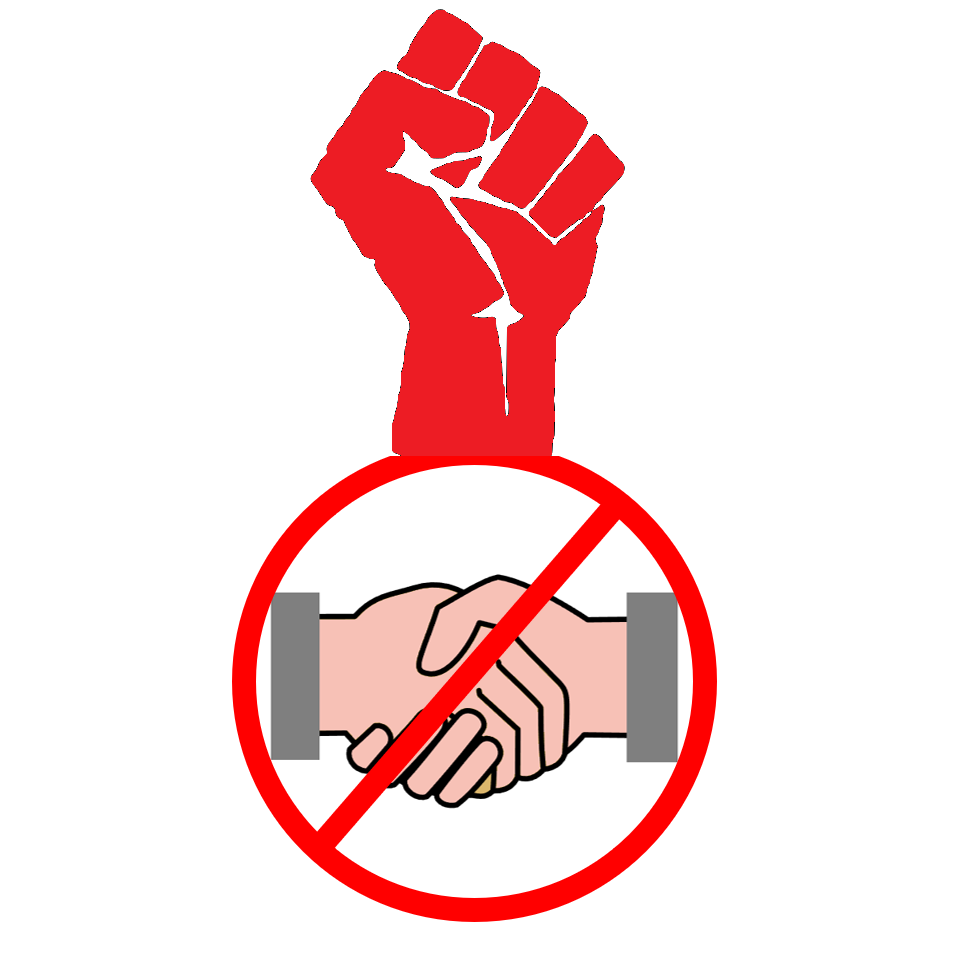One of the biggest questions people new to protesting have in learning how to protest property taxes is learning how to choose comparables. This article helps people learn exactly how to do that.
The biggest recommendation we have is to “do things the easy way.” 90% of the time, you can pick the 3 closest houses that the county selects. If the county gives you 10-15 houses that they claim are close to yours, probably 3 are actually usable for you.
The way to figure out which 3 is to look at all 10 on the online property websites. Look at the conditions of each house and see which one is closest to your own. Which house was built in the same year as your house? Which one is the same square footage, including any extras? For example, if your house has a finished attic, do any of the 10 have a finished attic as well?
The goal here is to find houses as similar as possible to your house in all aspects. Maybe you are looking at 2 houses, and one is a 1-story house, and the other is a 2-story house. Your house is a 2-story house, so you would pick the 2-story house, if they were the same size. But if the 1-story house was the same size as your house, and the 2-story house is twice as large as yours, then you would likely want to pick the 1-story house because the adjustment you would need to make to adjust the 2-story house would be bigger. The general principle is that the bigger the adjustment you need to make, the less accurate the valuation.
You want to pick the 3 most comparable houses, if possible. Probably 4 of 10 will not have pictures, so this is potentially a lot easier than it sounds – just pick the ones with pictures of the interior available! However, you will also have a use for the LEAST comparable houses, so rank all the houses you look at in order of comparability to your house.
The LEAST comparable houses are what you use to discredit the county’s analysis by pointing out that they never should have been used in the first place. For example, if their lot is 300% larger, or if their house is 50% your square footage, or 300% your square footage, etc. If one house is on 3.6 acres, on a hill top, and has a commanding view of the entire valley you are in, clearly it’s more valuable, if your house has no view and a 0.25 acre lot! Try to factor in everything when you make a decision on which house is comparable and which is not – view, lot shape, lot size, slope, house size and type, year built, square footage, other storage space, renovations, etc – all of it matters.
So now we know how to protest property taxes by choosing the right comparables. The next step, of course, is how to adjust those comparables.
Category: How-To
How to Protest Property Taxes
Many homeowners want to know how to protest property taxes. Here’s my take:
Basic Strategy of How to Protest Property Taxes
1) Pick a subset of the county’s comps and adjust it to reality.
2) Discredit the county comps by showing that X and Y houses don’t belong, so their analysis is bad.
3) Use a market adjustment factor as a “neutral” value that aligns closely with your valuation. If the market in Austin went down 5% according to Bloomberg/Zillow/whatever site, then your home’s value is (1-5% = 95% of last year’s value according to this metric. Which hopefully lines up to your value. To get a better result, adjust the market to be your neighborhood/local municipality.
The combined effect of doing the above makes it so: 1) You have a case that is objectively more adjusted to reality (of course you MUST include pictures so the board can see what you see!), 2) the county’s case is a computer program that doesn’t work right, 3) other market watchers’ professional opinions agree with yours.
It’s hard for an appraiser to beat this combo – they would have to spend a LOT of time. Especially if you are using their comps (comparable houses) – if they show 10, pick the 3 most similar to yours and adjust their valuations to reality. Out of the 10, 3-4 will be comparable, 3-4 will be unknown with no pictures of the interior, and 2-3 will be ridiculous. If you go through each property, you can classify it as one of these buckets.
The Trick
You take the comparables and plug them in to your analysis. Then you take the non-comparable, ridiculous ones and show why they are a bad match for your house. The county can’t challenge the houses – because THEY picked those houses, so discrediting you means discrediting themselves.
This makes it so that the county has to spend SERIOUS effort to beat you – and they don’t have the time if they’re fighting 30 protests a day!
Using this strategy (and a combination of other factors, including the price I actually paid, and luck!) – I secured a $200K reduction from what the county wanted to charge me ($350K valuation vs $550K), so I do think this process works. But it was so time consuming, I developed my own $49 program that you can use to speed the process. I cut my time spent from 80-100 hours combined for adjacent properties to just 2-3 hours this year. And the analysis and comparison charts are better.
Hopefully, this article helped you learn how to protest property taxes. In another article we’ll explore the edge case: what if the county has 10 comparables that are ALL overvalued?
